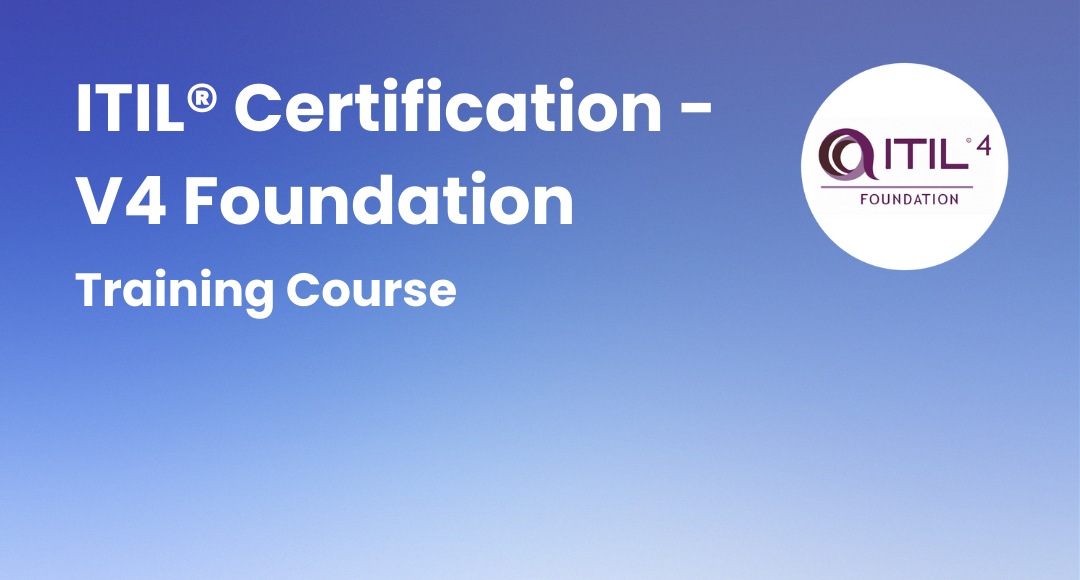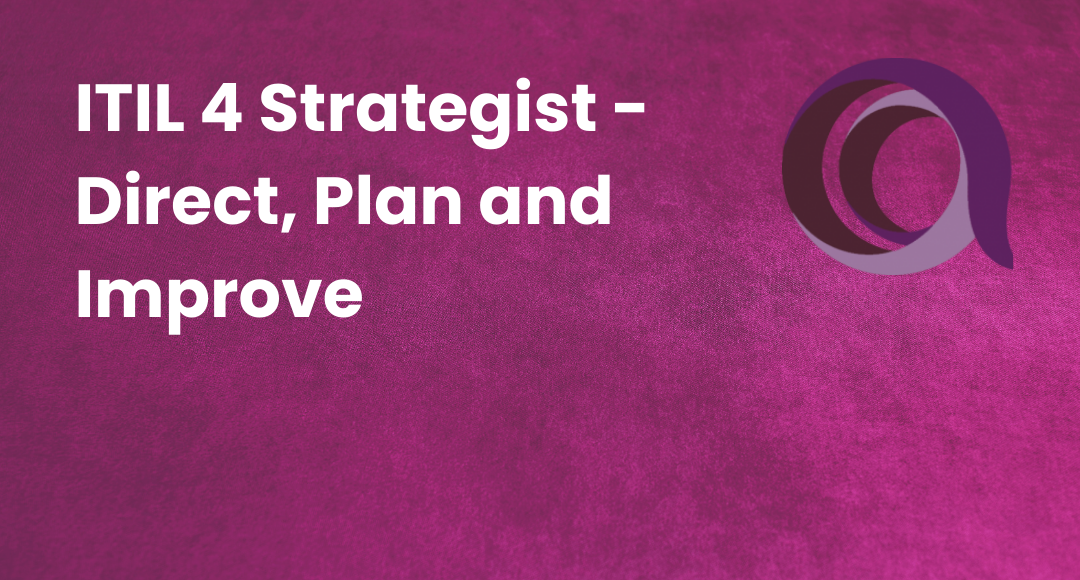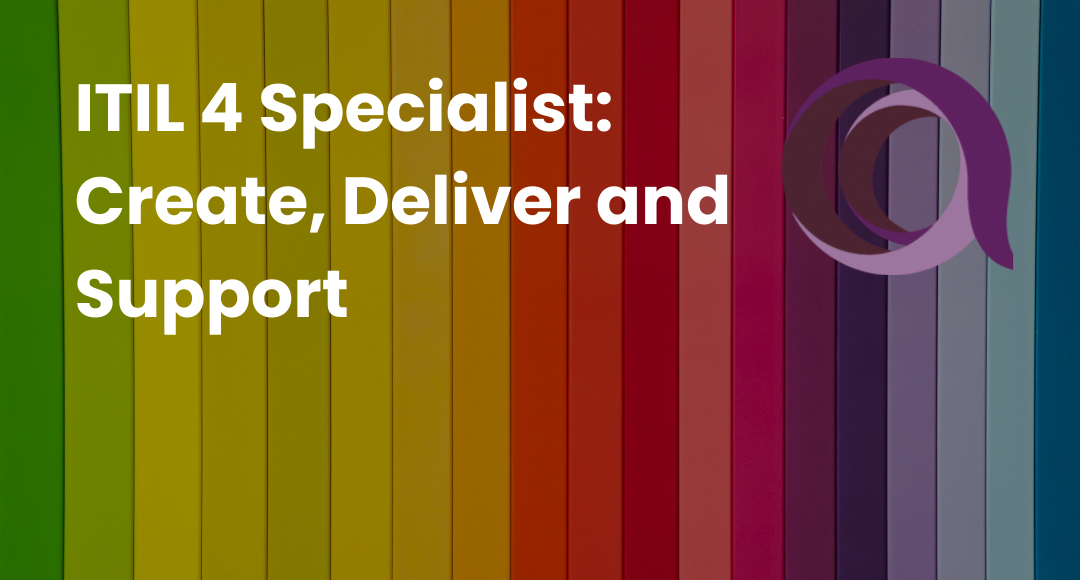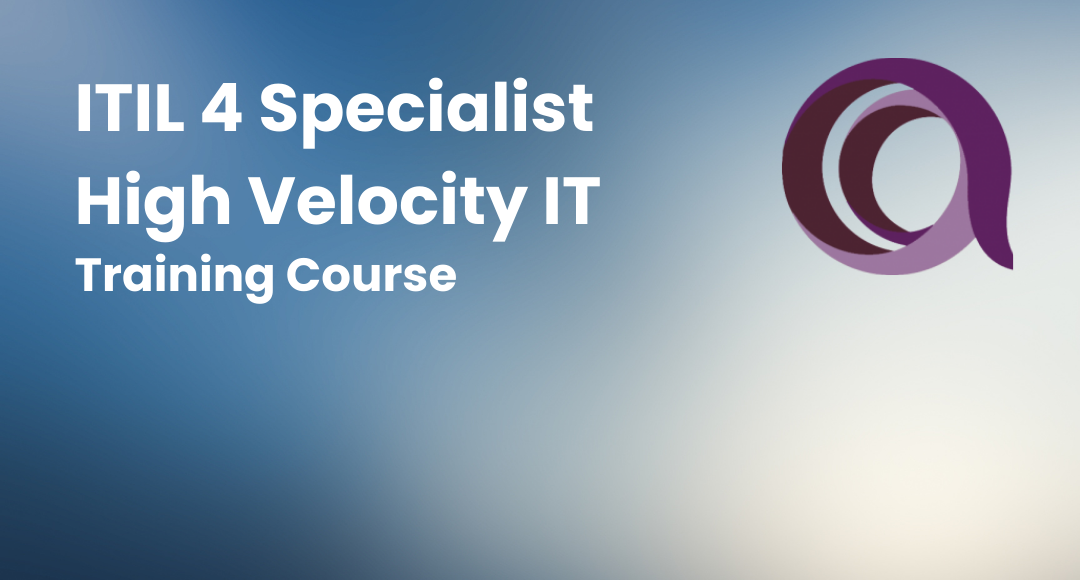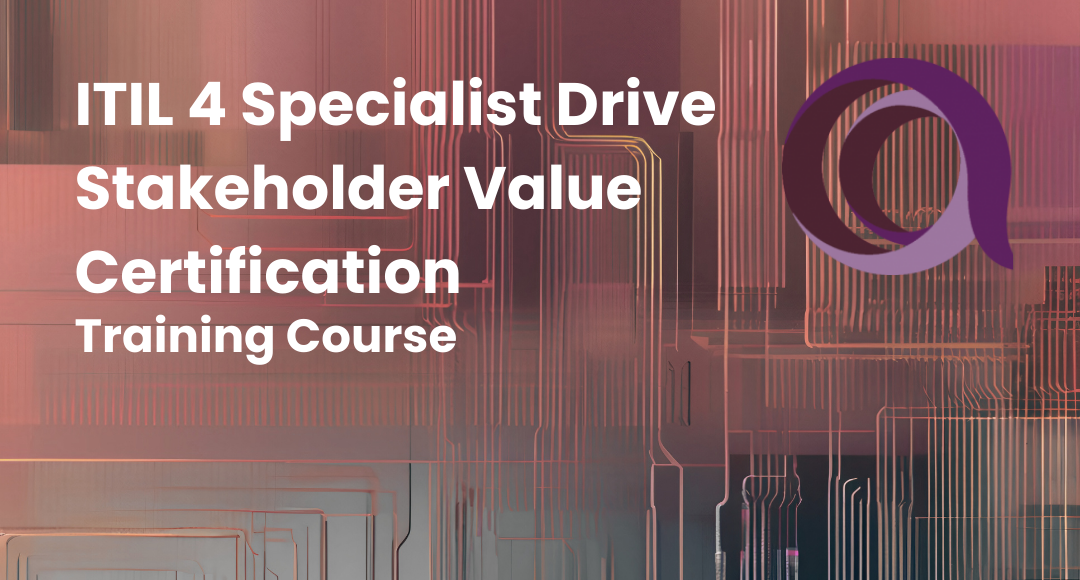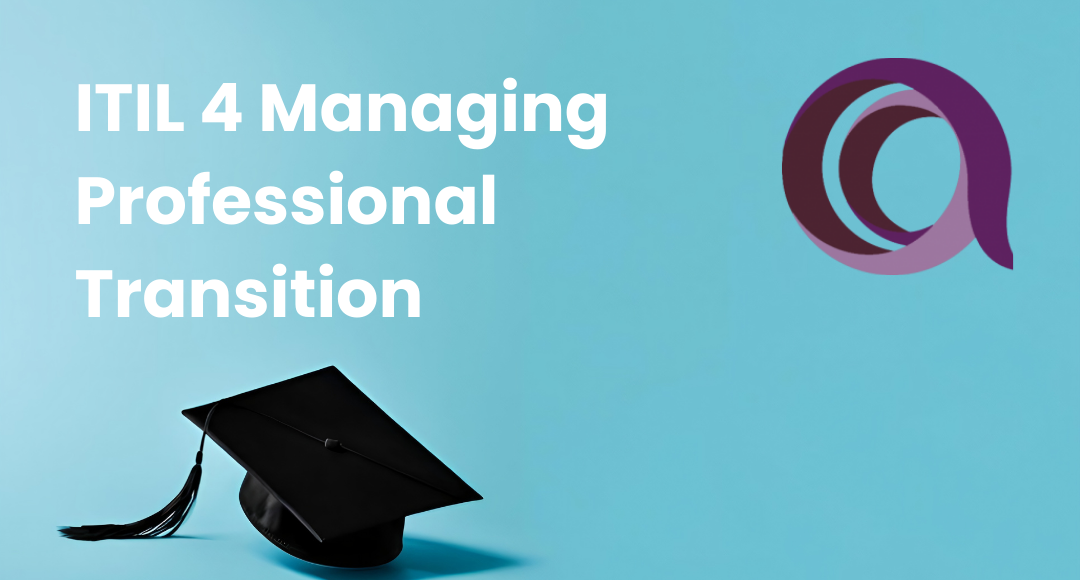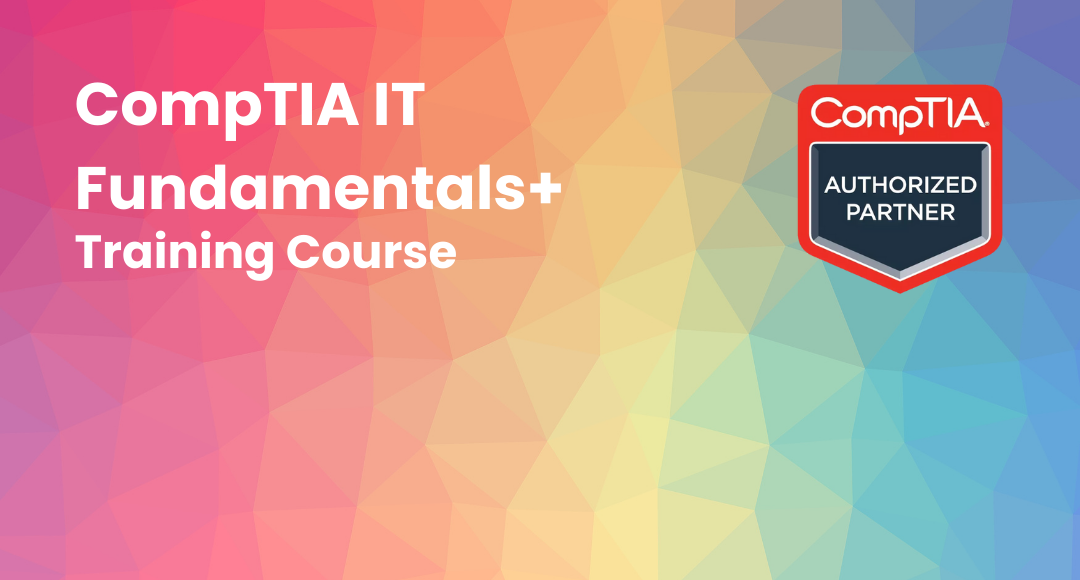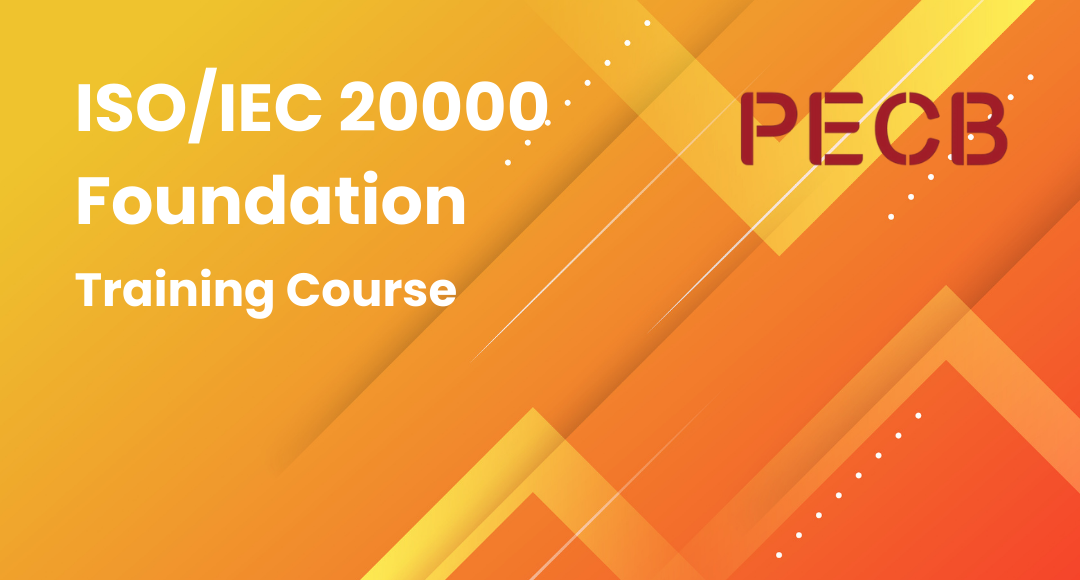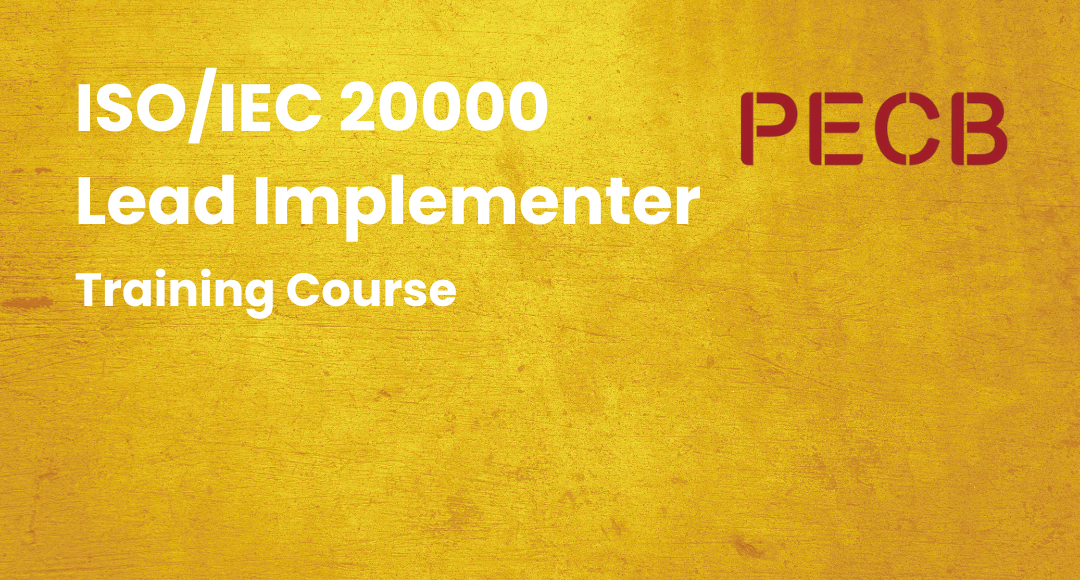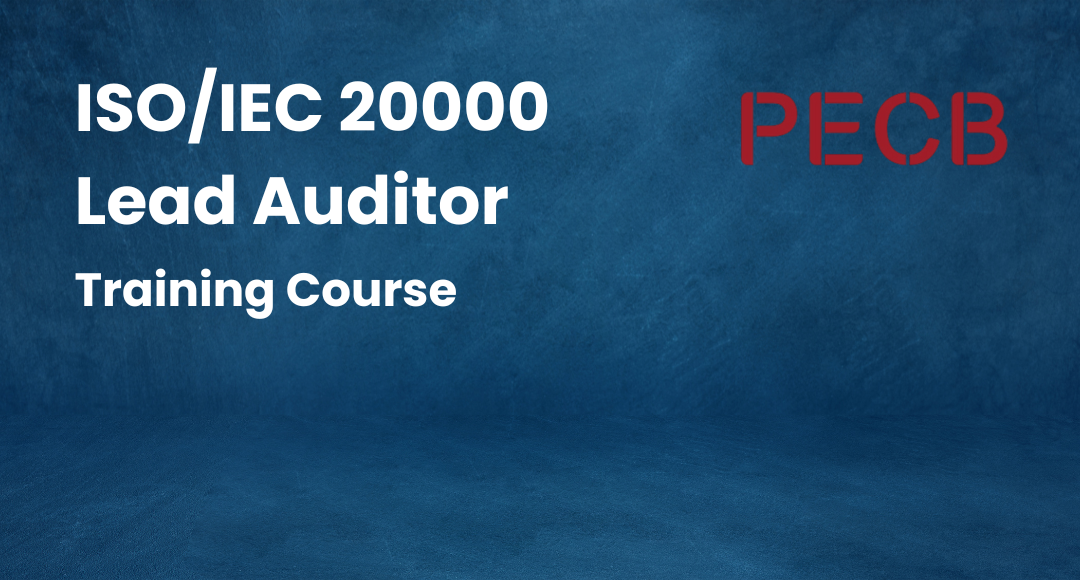Top 25 ITIL Interview Questions and Answers in 2025
-
 By Nchumbeni Yanthan
By Nchumbeni Yanthan - Published on Feb 12 2025

Table of Contents
- Top ITIL Interview Questions and Answers 2025
- List of Commonly Aske ITIL Interview Questions and Answers
- Set -1 - ITIL Interview Questions and Answers
- Set - 2 - ITIL Interview Questions and Answers
- Set - 3 - ITIL Interview Questions and Answers
- Set - 4 - ITIL Interview Questions and Answers
- Set - 5 - ITIL Interview Questions and Answers
- Is ITIL Certification Worth It?
- ITIL Interview Tips
- Additional Information – Phases of an ITIL interview
- Conclusion for Top ITIL Interview Questions
Top ITIL Interview Questions and Answers 2025
ITIL is a globally recognized framework to ensure business success with a standard IT management system. It creates strategic reviews and accurate, flexible, and quality IT-enabled services. The ITIL framework provides a structured and scalable way to manage IT services. The ITIL v4 Foundation certification teaches people the framework's basic ideas and gets them ready to handle services well. It aims to bring IT services closer to the needs of the customer and meet an organization’s business needs.
Our revised list of basic ITIL interview questions and answers provides in-depth details and the types of questionnaires to expect. With such ITIL interview questions and answers revised, the dream career is just a round away.
The worst idea a candidate can afford to miss a chance is by skipping the most commonly asked ITIL interview questions and answers. Take a glance at the frequently asked ITIL interview questions and answers for experienced professionals or freshers in this article.
Don't miss out on mastering the ITIL Framework, which is the primary framework containing a set of IT service management practices. Ready to nail your ITIL interview? Dive into the Top 25 ITIL Interview Questions and Answers in 2025 to equip yourself with the insights and confidence you need to stand out!
List of Commonly Aske ITIL Interview Questions and Answers
Discover essential ITIL interview questions and expert answers in our comprehensive list of sets. Prepare to excel in your ITIL job interviews with these valuable insights and strategies.
Set -1 - ITIL Interview Questions and Answers
The Set 1 ITIL Interview Questions and Answers are ITIL basic questions and answers. This set of ITIL interview questions covers the most commonly asked questions in the ITIL interview.
1) What is a back-out plan?
Ans: There are instances where, after the release, you encounter some crisis and the release fails. In such cases, withdrawal of release has to be done, for which a plan is laid out in advance. This is called a back-out plan.
2) What is the first line of support?
Ans: The service desk is the first line of support.
3) What does ITIL stand for?
Ans: ITIL stands for Information Technology Infrastructure Library.
4) Name a few ITIL-based models adopted by an organization.
Ans: A few ITIL-based models include:
- Microsoft MOF (Microsoft Operational Framework)
It is a systematic approach to how customers should design, create, and manage services efficiently.
- Hewlett–Packard (HP ITSM Reference Model)
This model outlines the various IT management procedures and inter-process relationships required for service development, implementation, and support.
- IBM (IT Process Model)
This model outlines company-wide business services and procedures to support system renewal and integration efforts.
5) State the relationship between Availability, Availability service time, and downtime.
Ans: Availability % = (Available service time –downtime) / Available service time.
Set - 2 - ITIL Interview Questions and Answers
6) What are the types of SLA?
Ans: There are three types of SLA.
- Service-based SLA
- Customer-based SLA
- Multi-level SLA
7) What does SACM stand for?
Ans: Service Asset and Configuration Management.
8) Explain the phases of a PDSA cycle.
Ans: The PDSA Cycle, also known as the Deming cycle, is a management and measurement tool used across various sectors, with ITIL providing improved output in subsequent steps or trials.
The four phases in the PDSA Cycle are:
- Plan: Involves the identification and analysis of the problem.
- Do: Development and testing of a solution.
- Check: Monitor, measure, and review the solution's effectiveness to identify improvement opportunities.
- Act: Implementation of the improved solution.
9) What do you know about change requests and service requests?
Ans: The change request is a formal way of requesting a change or alteration in a processor system. A service request is a request made by the user for access to a system, queries, and information related to the service.
10) When is an issue escalated?
Ans: Usually, when a user finds some difficulty using the system or has some queries to make regarding it, they approach the service desk via chat, email, or phone call. The service desk helps them resolve the issue by using the tracking tools. However, there are cases where issues cannot be resolved by the service desk. It is when the issue is escalated for further help.
Set - 3 - ITIL Interview Questions and Answers
11) What is Configuration Management?
Ans: Configuration Management involves maintaining a list of inventory. Information related to the hardware and software of the organization is kept in one place for reference. It plays a critical role in ITIL service management by ensuring that IT assets and configurations are maintained in a structured and controlled manner.
The primary objective is to receive, gather, store, monitor, and validate data about IT assets and configurations.
12) What are the roles in the RACI model?
Ans: The roles in the RACI model involve:
- Responsible: Individual responsible for getting the job done.
- Accountable: Individual accountable for the tasks.
- Consulted: Individual who is to be consulted.
- Informed: An individual who is informed about the progress.
13) Name a few knowledge management systems.
Ans: Mentioned below are the few knowledge management systems

14) What type of information is stored in CMDB?
Ans: CMDB contains information that is responsible for holding a collection of IT assets known as configuration items (CI). Alongside this, it also holds information related to the relationship between these assets.
15) On what standard is ITIL security management based?
Ans: ITIL security management is based on the ISO 27001 standard.
Set - 4 - ITIL Interview Questions and Answers
16) What does incident management do?
Ans: The objectives of incident management include:
- The incident management team controls the flow of incident information.
- Identifying and resolving issues with the IT service as soon as they occur.
- Ensure all processes follow approved and regulated methods.
17) Give some examples where the incident management process can be used.
Ans: The incident management process can be used for bugs in an application, system downs, printer issues, and storage space alerts.
18) What information is needed to identify a known error?
Ans: It should include the date the errors occurred, a description of the error, its symptoms, the root cause, a workaround, and any other pertinent information.
19) What are the metrics for performance measurement in service management?
Ans: There are four metrics for measuring performance:

Set - 5 - ITIL Interview Questions and Answers
20) What are the prerequisites to begin the testing process?
Ans: Below is the list of information required to begin a testing procedure,
- Acceptance criteria
- SLP
- Release plans
21) Name a few components of SKMS
Ans: Listed below are the few components of SKMS:
- Availability management system.
- Configuration management system.
- Service portfolio.
22) What are the types of testing?
Ans: The various testing types include:
- Security testing
- Usability testing
- Process testing
- Regression testing
- Compatibility testing
23) What is the difference between incident management and problem management?
Ans: While incident management focuses on resolving the issue then and there while attempting to get the user back on track, problem management takes a closer look at the issue and strives to find its root cause.
24) What is the role of availability management?
Ans: The role of availability management is to ensure that the services are available to the user during the hours mentioned in the agreement.
25) Define Operational Level Agreement (OLA).
Ans: Operational Level Agreement (OLA) is an agreement made between the service provider and a part of the same organization. It focuses on how different IT departments within a company build their services to satisfy service level agreements (SLAs).
Are you aspiring to make a career in IT Service Management? If yes, you must consider getting an ITIL Certification. Getting certified and receiving certification from AXELOS - the governing body will help you build a successful career in the IT industry.
We, Sprintzeal, are an ATO (Accredited Training Provider) of AXELOS.
Is ITIL Certification Worth It?
If you’re an IT professional, taking up the ITIL® certification course will contribute to the growth of your career in several ways. ITIL positions are in great demand due to their ability to help firms achieve their objectives with minimal cost; therefore, ITIL certification is beneficial for anyone considering a career in the IT industry. The latest model of the course is divided into five parts, each of which focuses on different stages of the ITSM (Information Technology Service Management) cycle.
Sprintzeal offers ITIL training in various modes of study. You can take up our ITIL V4 Foundation Certification Training to gain knowledge and credibility. It is a foundation-level course. We also offer full-fledged, Instructor-led training for ITIL Intermediate Courses like further specialized modules to enhance your expertise.
Getting certified and adding one or many of these ITIL certifications to your resume will definitely give you an edge over other applicants.
For more details, mail us at Click Here or chat with us using the chat option on our homepage.
ITIL Interview Tips
Before proceeding with a job interview, the first key priority should be segregating of plan routine mainly for the various types of ITIL interview questions and answers.
Having discussed the phases of an interview and questionnaires, these ITIL interview questions and answers are asked often by the interviewers.
Here are some quick interview tips to help you ace the interview:
- Be punctual and show up on time.
- Be ready to talk about your achievements, both personal and professional.
- Keep a check on your language and avoid using fillers.
- Go through the job description and find key requirements you can talk about.
- Listen carefully and take time to gather your thoughts before answering.
- Dress code and behave professionally.
- Avoid interrupting the interviewer.
- Carry all the essential documents.
- Complete a few practice interviews in advance.
- Do a brief research on the company and understand their needs.
- Thank the interviewer for his or her time, and be polite with criticism too.
Additional Information – Phases of an ITIL interview
Here are the three major phases of an ITIL interview:
Phase 1: Invitation
When you apply for jobs at the organizations you aspire to work with, the first step from the employer’s side is a review. After reviewing your resume, if you are believed to be a good fit for the position, you will receive an invitation for an interview.
The invitation can be sent in various forms, like email, phone call, message, or even a letter. However, each of them is kept professional, and the same is expected of the candidate. Be sure to respond to the invitation professionally and promptly.
Phase 2: Meeting
The next phase is the face-to-face interview on the decided schedule. The main aim of this is to estimate the capabilities of the candidate and understand their personality.
It is essential to make a good first impression on the employer by being punctual and professional.
Highlight your strengths and, very politely, accept your weaknesses. Be confident and positive, but don’t overdo it.
Phase 3: Follow-up
The last and certainly not the least important phase is follow-up." This phase can either make or break the opportunity. It is essential to adopt a professional way of communication for follow-up.
You can either drop a mail appreciating the time provided for interviewing you, expressing gratitude for the opportunity, or give a phone call thanking and enquiring about the job.
Conclusion for Top ITIL Interview Questions
We have tried to gather all the essential information required under ITIL interview questions and answers for the ITIL interview rounds. But know that ITIL is a vast topic, and several other ITIL interview questions can be asked too.
Prepare for the interview based on the type of industry you are applying for, as some of the sample answers provided for ITIL interview questions and answers may vary depending on the type of industry.
All in all, be honest, confident, and positive while contemplating the ITIL interview questions and answers while being interviewed, as these factors outshine all other qualities.
If you have any queries about the top 25 ITIL interview questions and answers, reach out to us in the comment section below. You can also subscribe to our newsletters and ebooks for the latest details.
Subscribe to our Newsletters
Popular Programs
ITIL 4 Strategist – Direct, Plan And Improve
Live Virtual Training
- 4.9 (350 + Ratings)
- 11k + Learners
ITIL 4 Specialist: Create, Deliver and Support
Live Virtual Training
- 4.3 (74 + Ratings)
- 2k + Learners
ITIL 4 Specialist Drive Stakeholder Value Certification
Live Virtual Training
- 4.5 (82 + Ratings)
- 56k + Learners
Trending Posts
ITIL Certification Levels and Job Scope
Last updated on Feb 19 2025
Enterprise Architect Interview Questions and Answers 2025
Last updated on Sep 27 2023
The Importance of ITIL certification and scope for career growth
Last updated on Dec 13 2023
ITIL Strategist Certification Overview And Career Path
Last updated on Jan 17 2023
Is ITIL a fit for your organization's culture?
Last updated on Nov 17 2023
What is ITIL – Information Technology Infrastructure Library jobs and Certification Benefits
Last updated on Apr 19 2024
Categories
- Other 66
- Agile Management 56
- Cloud Computing 51
- Project Management 170
- Big Data 58
- Business Management 82
- Digital Marketing 73
- IT Service Management 29
- Programming Language 50
- AI and Machine Learning 68
- IT Security 109
- Quality Management 77
- IT Hardware and Networking 25
- Microsoft Program 4
- Workplace Skill Building 12
- Risk Management 9
- Information Security 8
- Leadership and Management 7
- Corporate Training and Development 1
Trending Now
ITIL Framework and Certifications Guide 2024
ArticleWhat is ITIL – Information Technology Infrastructure Library jobs and Certification Benefits
ArticleHow to become a certified ITIL Expert in 2024
ArticleIs ITIL a fit for your organization's culture?
ArticleITIL Framework Explained (Updated)
ArticleTOP 10 BENEFITS OF TOGAF CERTIFICATION IN ENTERPRISE ARCHITECTURE
ArticleThe Importance of ITIL certification and scope for career growth
ArticleITIL Certification Levels and Job Scope
ArticleWell Explained : The IT Service Management and ITSM Design, Concepts and its Benefits
ArticleAll about ITIL 4 practices – Updates, Service Types and Benefits
ArticleITIL Strategist Certification Overview And Career Path
ArticleEnterprise Architect Interview Questions and Answers 2025
ArticleMost Asked Release Manager Interview Questions and Answers 2025
ArticleHow to Become a Release Manager
ArticleITIL Processes List – 26 ITIL Processes and 5 ITIL Service Lifecycle Stages
ArticleAxelos and TSO launch MSP Foundation app
ArticleITIL Problem Management Guide for Beginners
ArticleITIL Guiding Principles Explained
ArticleWhat is ServiceNow - A Beginner's Guide
ArticleServiceNow - What is it, Fundamentals And Features
ArticleA Guide to Enterprise Asset Management
ArticleTop 5 IT Service Management Tools in 2024
ArticleService Value System in ITIL 4 Explained in Detail
ArticleThe ITIL 4 Service Desk Guide – Importance and Types
ArticleWhat Is IT Mapping?—An Essential Guide
ArticleTop 6 ITSM best practices
ArticleESM vs ITSM - Key Differences Explained
ArticleTop Incident Manager Interview Questions and Answers 2024
Article
